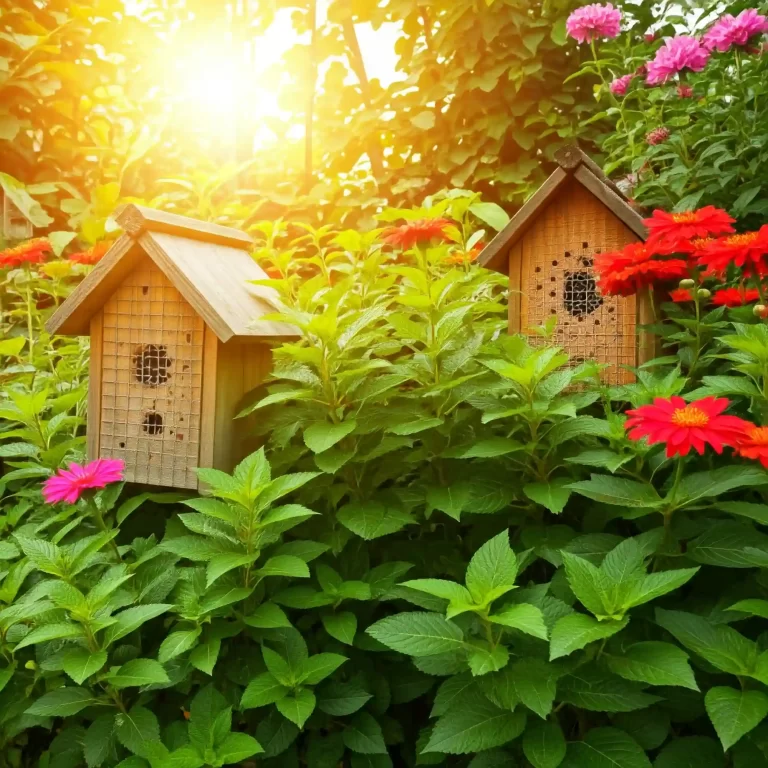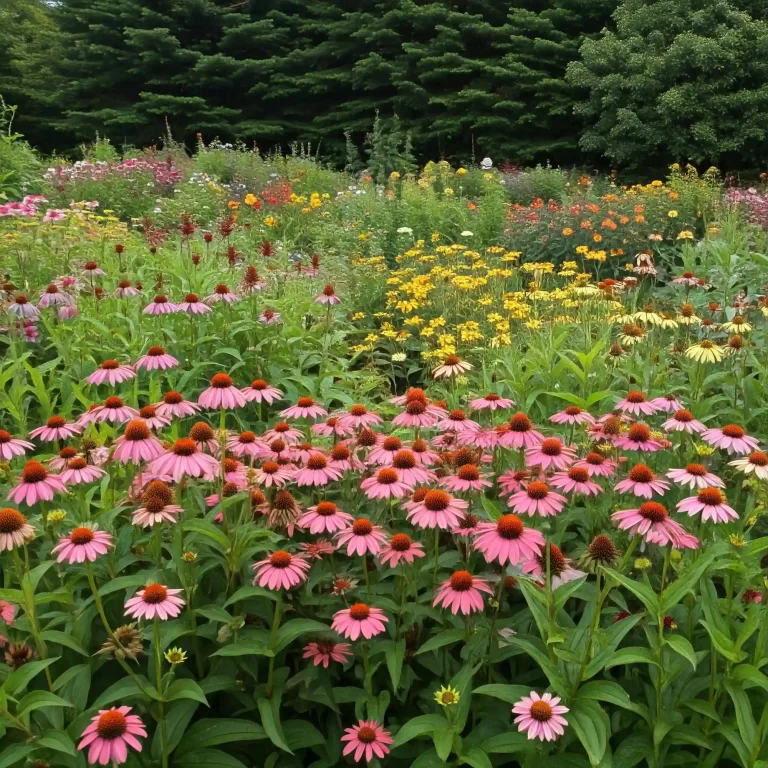Key Takeaways:
| Pest Problem | DIY Solution |
|---|---|
| Aphids, Thrips, Whiteflies | Garlic Spray |
| Various Insects, Mites, Fungal Diseases | Neem Oil Spray |
| Slugs & Snails | Beer Trap |
| Chewing Insects | Cayenne Pepper Spray |
| Crawling Insects (ants, earwigs) | Diatomaceous Earth Dust |
Mother Nature’s Bounty to the Rescue!
Keeping your garden flourishing can feel like a constant battle against unwanted guests. But fear not, fellow green thumbs! Before you reach for harsh chemicals, consider the power of DIY pest control. Utilizing readily available ingredients, you can create safe and effective solutions to keep your garden healthy and pest-free.
This comprehensive guide equips you with 15 battle-tested recipes for homemade sprays and traps, empowering you to take charge of your garden’s ecosystem naturally.
Arming Yourself for the Green Frontier:
Before diving into the recipes, let’s address some essential points:
- Safety First: Always wear gloves and protective eyewear when handling ingredients, especially when dealing with hot peppers or concentrated solutions.
- Patch Testing: Test any spray on a small, inconspicuous area of your plant before applying it liberally. This helps identify potential sensitivities.
- Timing is Key: Apply sprays in the early morning or evening when temperatures are cooler and beneficial insects like bees are less active.
- Repeat is the Secret: Consistent application is crucial for effective pest control.
DIY Sprays: Nature’s Arsenal Against Garden Pests:
Here’s your arsenal of homemade sprays, each tackling specific garden foes:
1. Garlic Spray (Aphids, Thrips, Whiteflies):
This spicy concoction repels a variety of soft-bodied insects.
- Ingredients:
- 1 bulb garlic, chopped
- 1 quart water
- 1 tablespoon liquid soap
- Instructions:
- Steep chopped garlic in water for 24 hours.
- Strain the solution and mix with liquid soap.
- Spray directly on affected plants, focusing on the undersides of leaves.
2. Neem Oil Spray (Multiple Pests):
A versatile and organic option effective against various insects, mites, and fungal diseases.
- Ingredients:
- 1 tablespoon neem oil
- 1 quart water
- 1 teaspoon liquid soap
- Instructions:
- Mix neem oil, water, and liquid soap in a spray bottle.
- Shake well before each use and spray thoroughly on both sides of leaves.
3. Hot Pepper Spray (Many Chewing Insects):
The heat of cayenne pepper deters caterpillars, beetles, and other chewing insects.
- Ingredients:
- 1-2 hot peppers, chopped
- 1 quart water
- 1 tablespoon liquid soap
- Instructions:
- Boil chopped peppers in water for 15 minutes.
- Let the solution cool, then strain it.
- Dilute the concentrate with additional water (1:1 ratio) and add liquid soap.
- Spray directly on affected plants, avoiding blooms and beneficial insects.
Common Garden Pests and their Organic Solutions
| Pest Problem | DIY Spray Recipe |
|---|---|
| Aphids, Thrips, Whiteflies | Garlic Spray |
| Various Insects, Mites | Neem Oil Spray |
| Chewing Insects | Hot Pepper Spray |
| Slugs & Snails (see Traps section) | N/A |
Traps: Luring the Unwanted Guests Away
While sprays offer direct intervention, traps provide a passive way to capture and eliminate pests. Here are some effective DIY options:
1. Beer Trap (Slugs & Snails):
Attract these slimy creatures to a shallow dish filled with beer and drown them humanely.
- Ingredients:
- Shallow dish
- Beer (any kind)
- Instructions:
- Bury the dish rim-level with the soil, near the base of your plants.
- Fill the dish with beer and refresh it every few days, especially after rain.
2. Handpicking:
This low-tech method is effective for larger pests like tomato hornworms or Japanese beetles. Simply handpick them off your plants and dispose of them appropriately.
3. Cardboard Beetle Trap:
Attract light-seeking beetles like cucumber beetles by creating a dark, moist environment.
- Ingredients:
- Cardboard pieces
- Petroleum jelly (optional)
- Instructions:
- Smear petroleum jelly (optional) on one side of a cardboard piece to create a sticky trap.
- Sandwich the greased side with another cardboard piece, leaving small gaps for entry.
- Place the trap near your plants, checking and disposing of captured beetles regularly.
DIY Pest Traps and their Target Pests
| Pest Problem | DIY Trap |
|---|---|
| Slugs & Snails | Beer Trap |
| Large Pests (tomato hornworms, Japanese beetles) | Handpicking |
| Light-Seeking Beetles (cucumber beetles) | Cardboard Beetle Trap |
Beyond the Recipes: Building a Sustainable Garden Ecosystem
Remember, healthy plants are naturally more resistant to pests. Here are some additional tips for promoting a balanced garden ecosystem:
- Encourage beneficial insects: Ladybugs, lacewings, and parasitic wasps are natural predators that help control pest populations. Plant flowering herbs and provide nesting sites to attract these beneficial insects.
- Practice crop rotation: Planting different crops in the same location each year disrupts pest life cycles and reduces their populations.
- Maintain good garden hygiene: Regularly remove weeds and debris from your garden, as they can harbor pests and diseases.
- Promote plant diversity: Planting a variety of plants creates a more balanced ecosystem and discourages any single pest species from dominating.
By combining these DIY recipes, sustainable practices, and a little patience, you can create a thriving garden that flourishes naturally, free from the harmful effects of harsh chemicals. Remember, a healthy garden is a happy garden, and a happy garden is a haven for both you and the beneficial creatures that share your green space.


